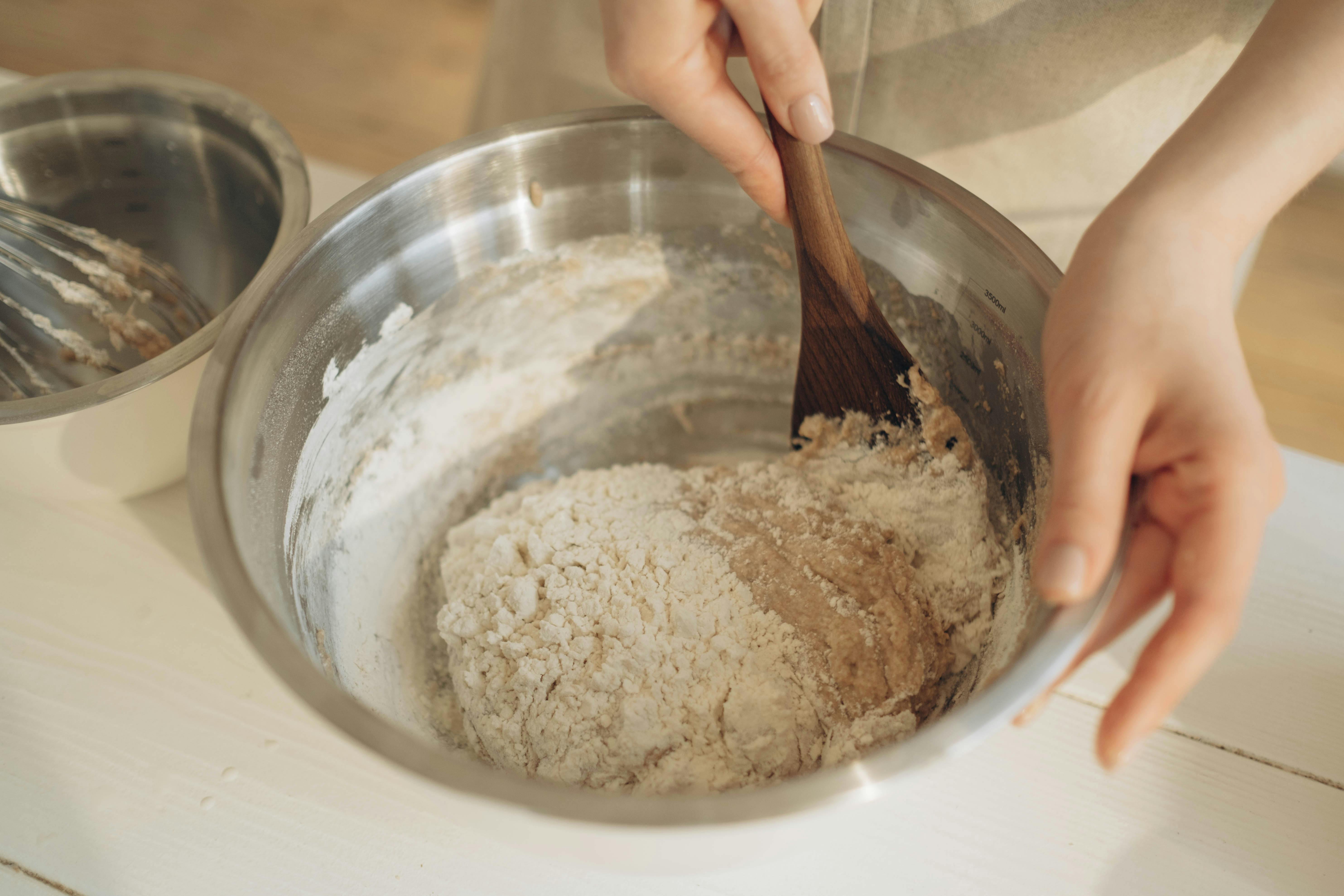Wooden Spatulas: Because Plastic is a Lie and Metal is a Thug

In the pantheon of kitchen tools, the wooden spatula is often overshadowed by its more specialized cousins: the rubber spatula, revered for scraping every last bit of batter; the metal spatula, lauded for searing and flipping; the plastic spatula, which, let’s be honest, is a disgrace to spatulas everywhere. But the wooden spatula? It does everything that matters and does it better than anyone gives it credit for.
The wooden spatula is ancient. Cavemen probably had a version of it, stirring woolly mammoth stew over an open flame. Civilizations have risen and fallen, but the wooden spatula remains. Why? Because it is a tool born from necessity, crafted by nature, and perfected by time. All bow to the wooden spatula!
What Makes The Wooden Spatula So Great?
Versatility
First and foremost, the wooden spatula is your all-around stirring tool. If you’re cooking with high heat, unless its eggs or a thick cut of protein, the wooden spatula is almost always your best bet. You can stir without worrying that it’s going to warp, bend, or accidentally become a heap of plastic shrapnel. It’s a reliable stirrer that doesn’t wimp out.
Scraping
Got a pan full of those tasty little brown bits stuck to the bottom? The wooden spatula is great for scraping them off without making it feel like a fight. The flat edge lets you loosen those caramelized bits without making an awkward noise or scratching up the pan. And honestly, there’s something deeply satisfying about hearing the faint “scrape” when you’re breaking those bits up with the wood.
Durability
Wooden spatulas don’t break as often as plastic and rubber. They don’t bend. They don’t melt when you accidentally leave them in the hot pan for a second too long. And guess what? They can take heat. Sure, they get a little worn over time, but that’s actually a good thing. The more you use it, the more character it develops. It’s like the difference between a shiny new toy and that comfy old hoodie you’ve had for years.
You’ve probably had a plastic spatula that has melted, warped, or left gross chemical smells in your food. Wood? Not even an issue. It’s heat-resistant, and if anything, it might absorb a little of the flavor over time, making it feel like a well-loved and seasoned tool (literally). That’s what you want in the kitchen, not some plastic or silicone mess that gets a little too intimate with your lasagna.
Tactile Use and Nostalgia
Wooden spatulas are pleasant to hold. They don’t have the cold, impersonal sterility of metal or the cheap, mass-produced feel of plastic. Not to mention, there’s something undeniably human about a wooden spatula. It connects us to the history of cooking itself. No one waxes poetic about their plastic spatula, but a well-worn wooden spatula? That’s an heirloom.
Conclusion
The wooden spatula is the unsung hero that just quietly does its job day in and day out without any fanfare. It’s dependable, durable, and capable of handling almost every task in the kitchen with ease. Other spatulas may try to steal the spotlight with their fancy designs and specific functions, but they’re limited—plastic can melt, rubber can break, and metal will damage your pans. The wooden spatula? It just works. Sure, I’ll always grab a rubber spatula when I’m scrambling eggs or getting every last drop of brownie batter from the mixing bowl. And I all but worship my sharp metal spatula on burger day. But the wooden spatula? It does everything else, and it does it well.
Now if you’ll excuse me, I’m going to use my wooden spatula to go make the best pastry cream filling in the world without any burning or clumps.
 Matthew Christensen
Matthew Christensen
Weekly Newsletter Contributor since 2023
Email the author! matthew@dvo.com
